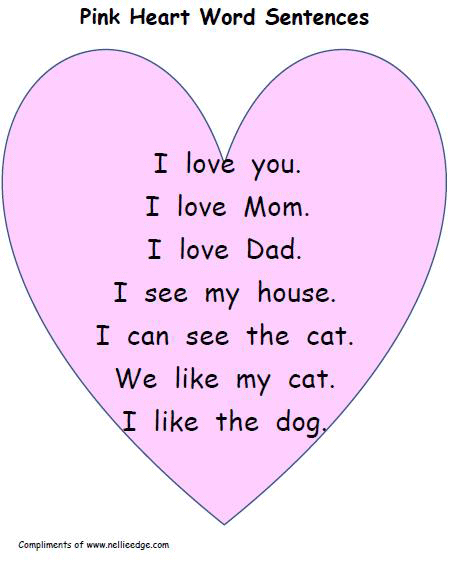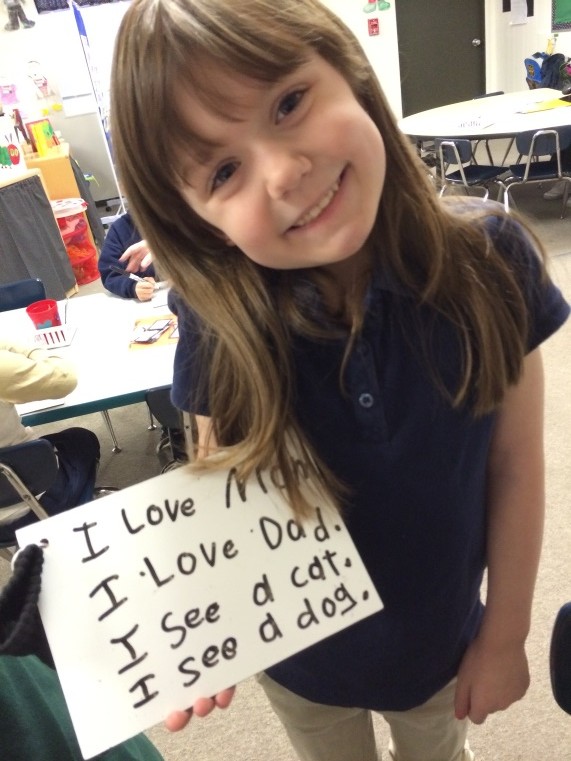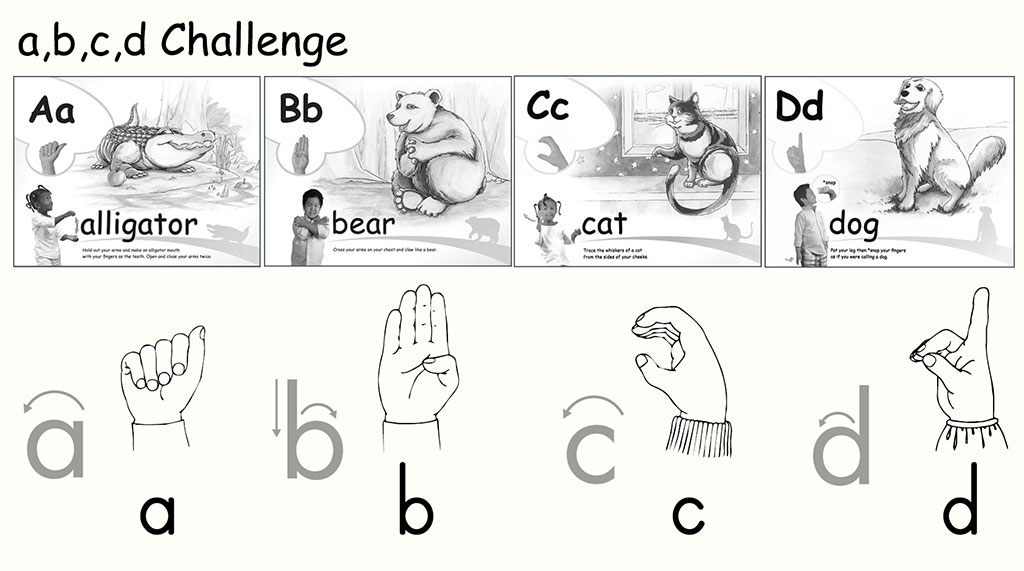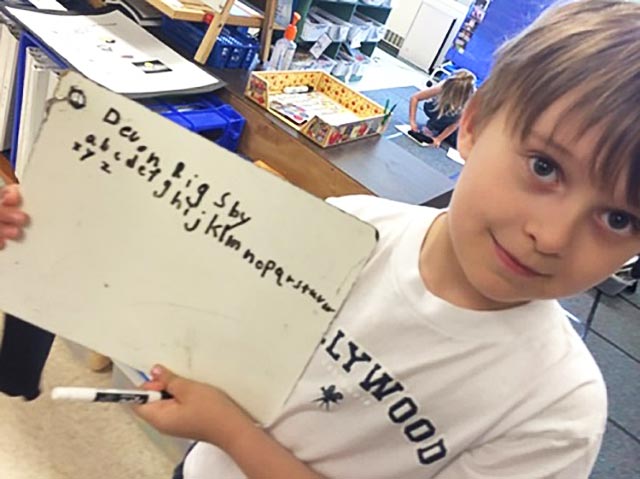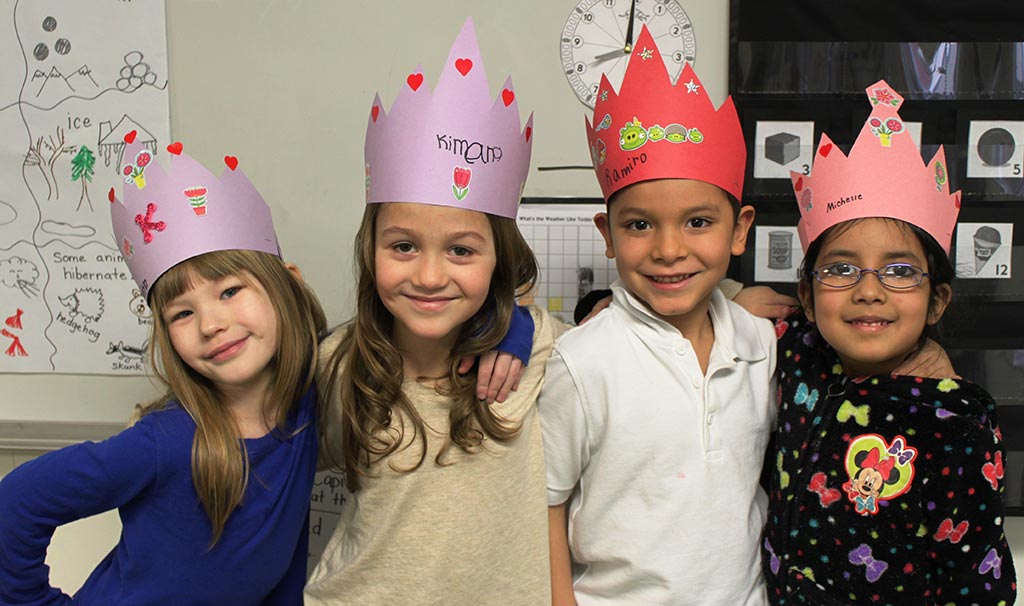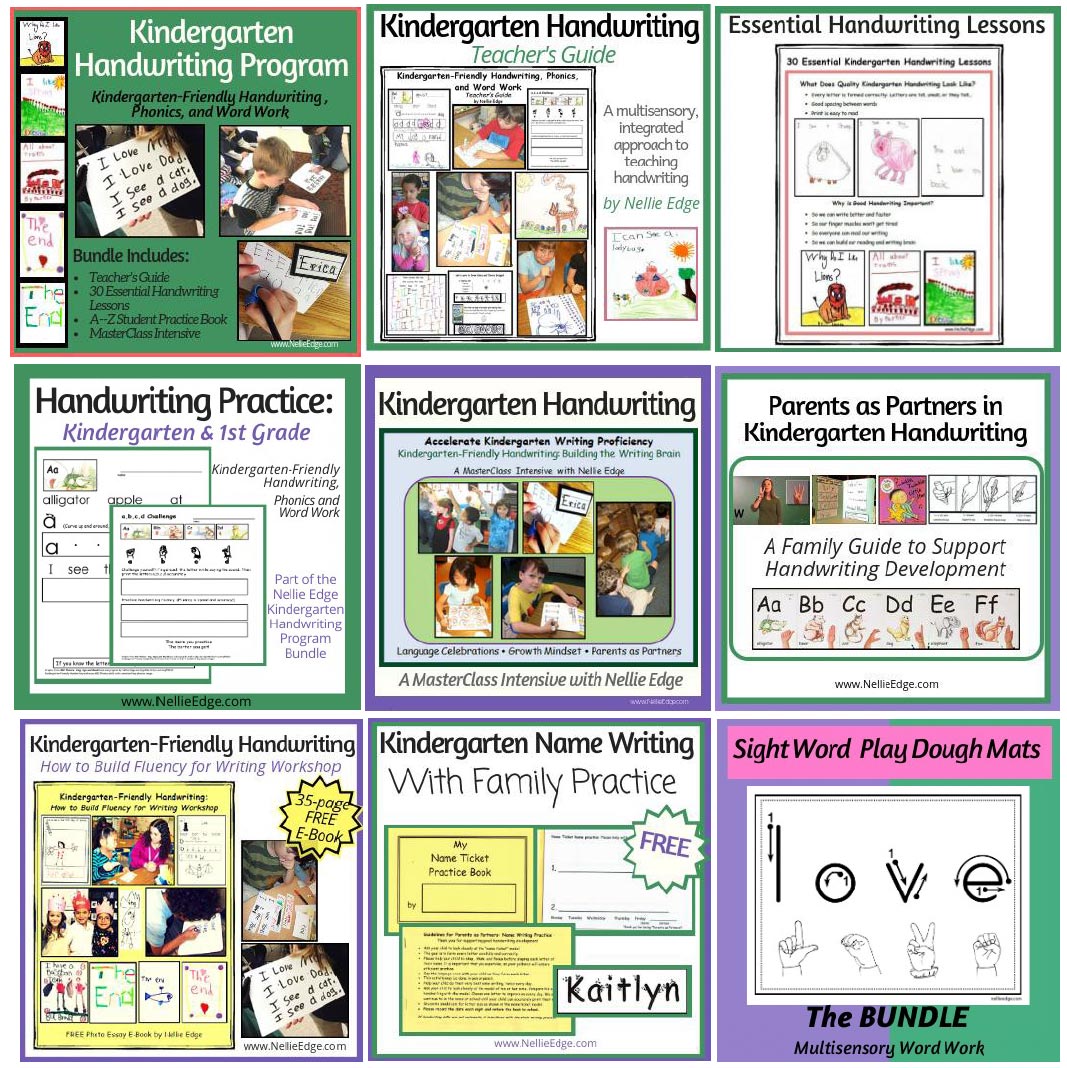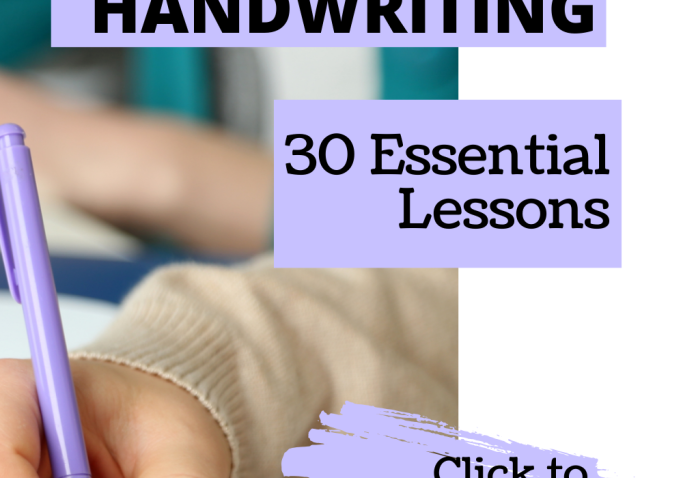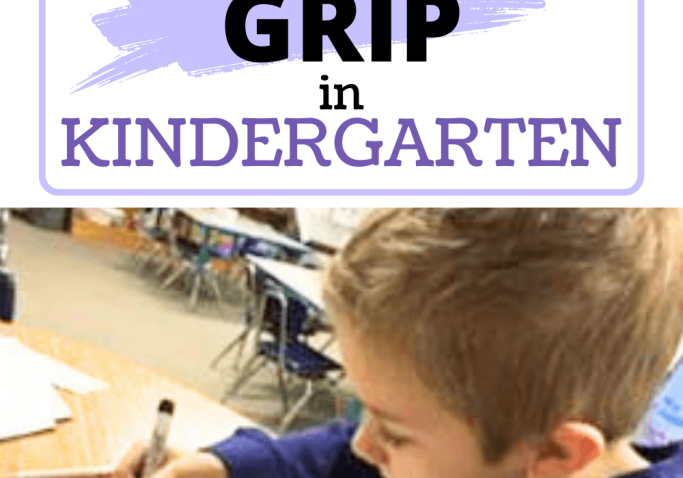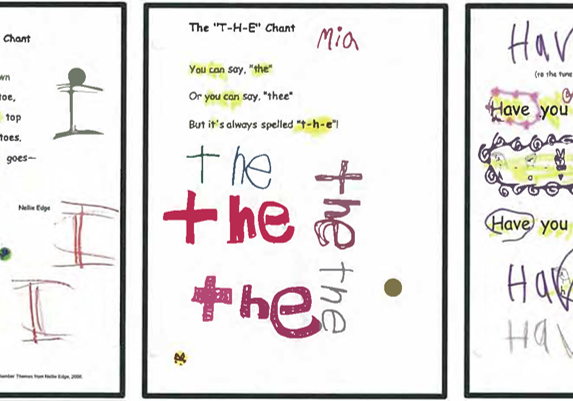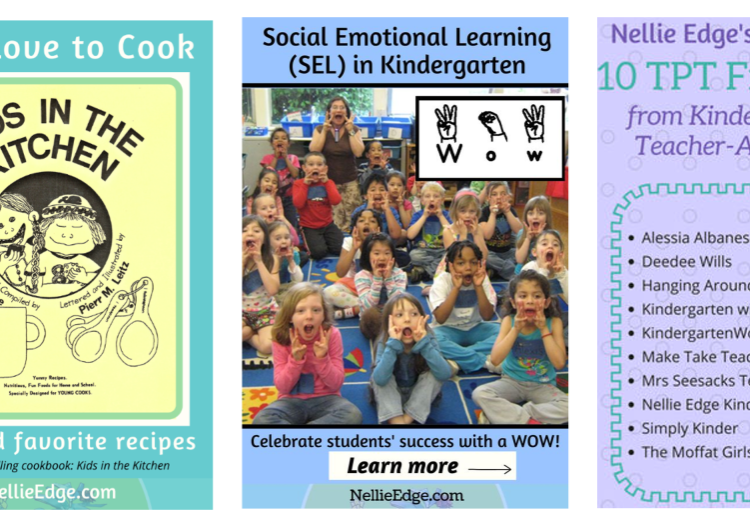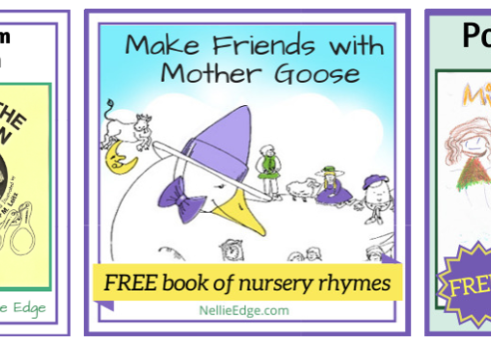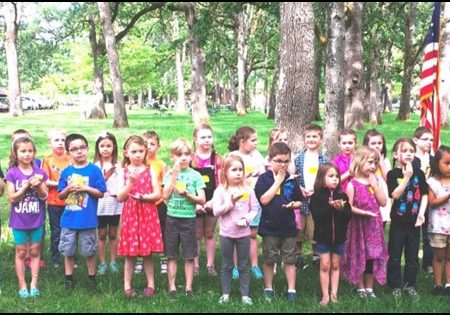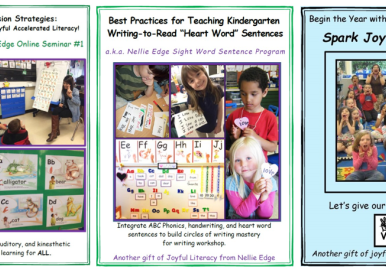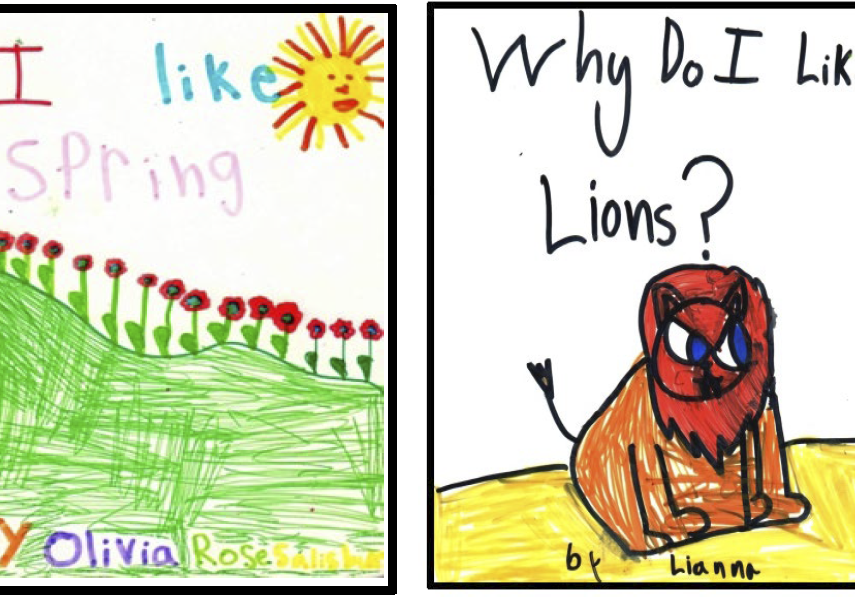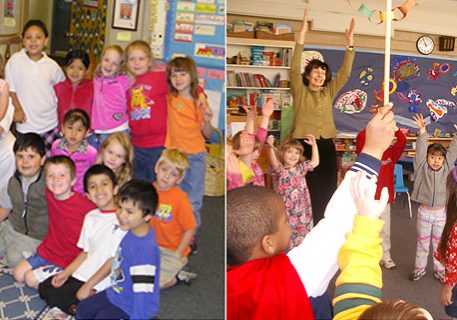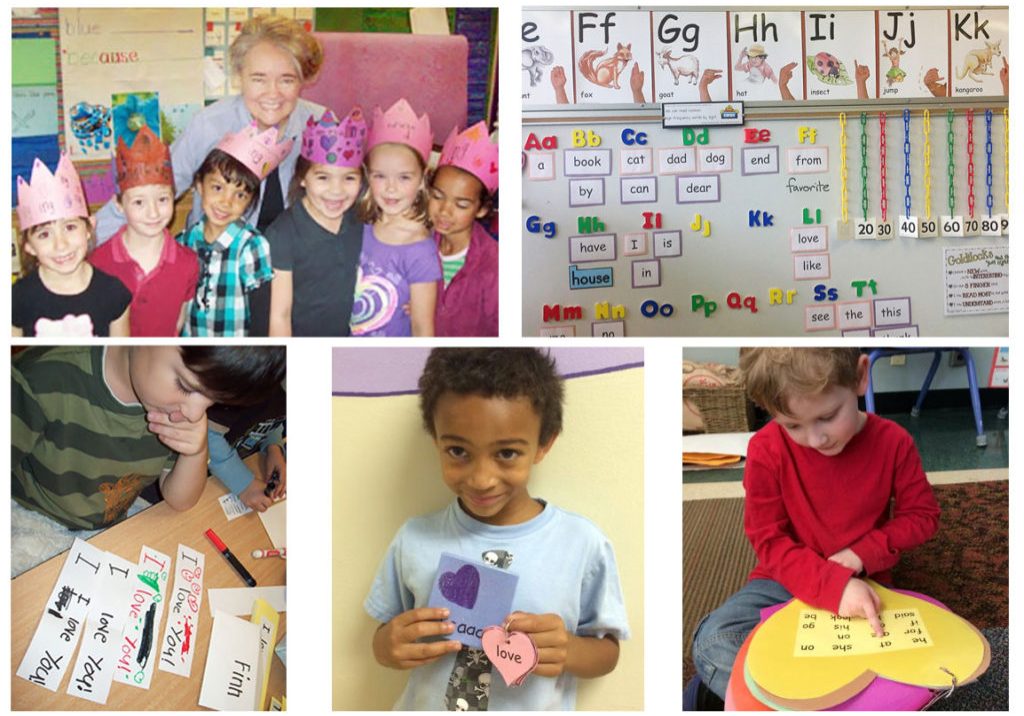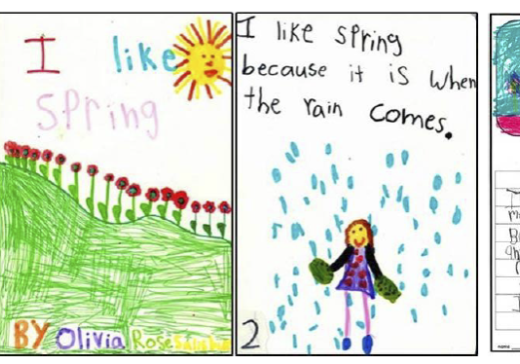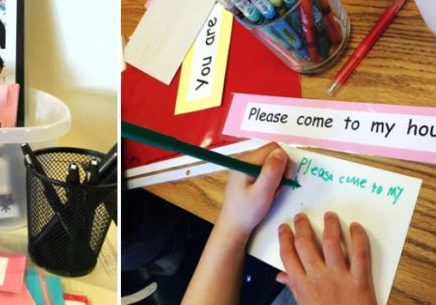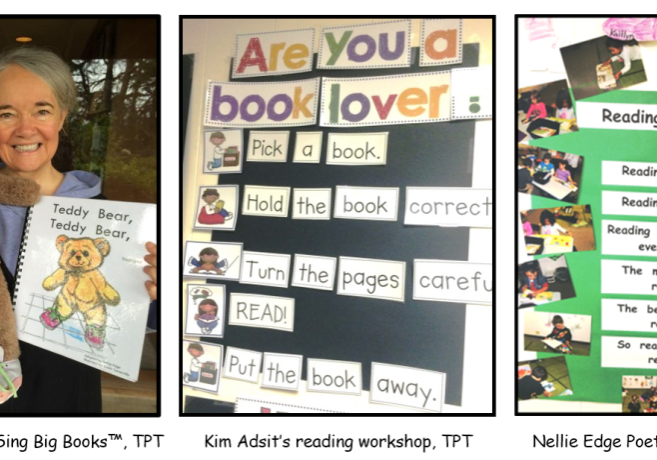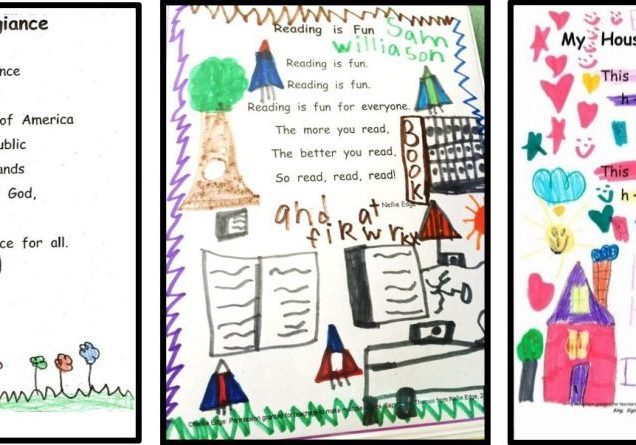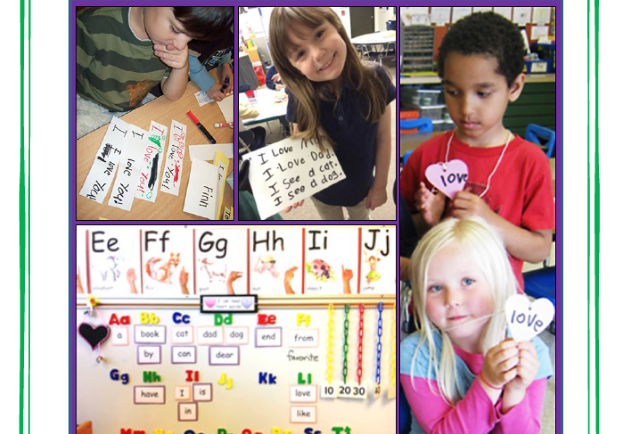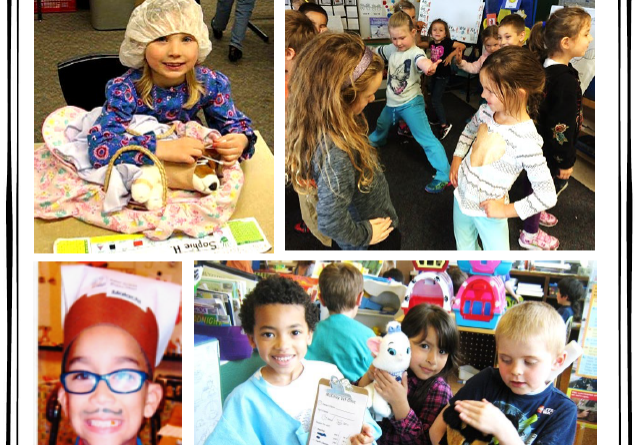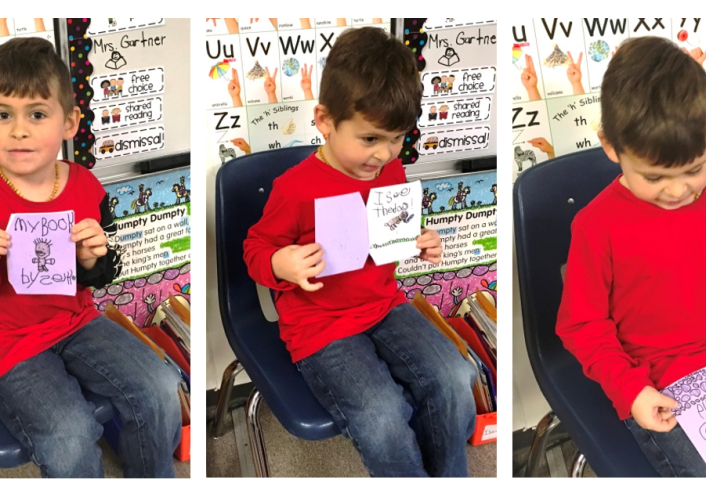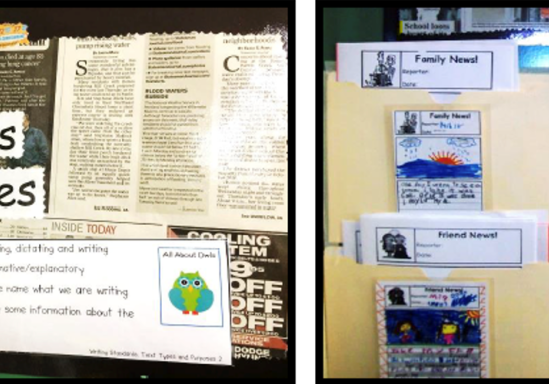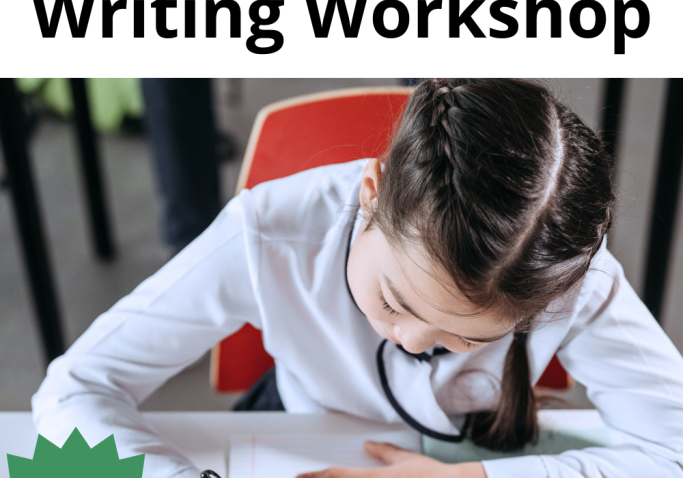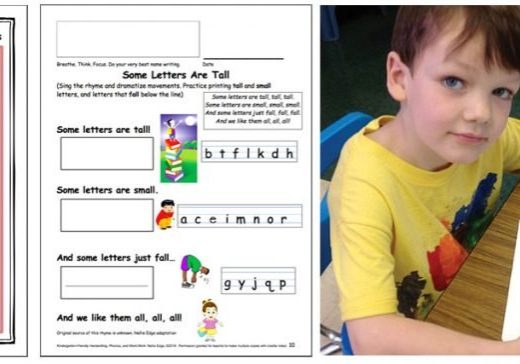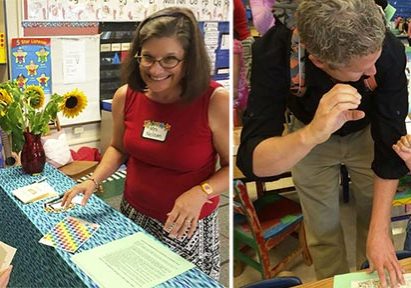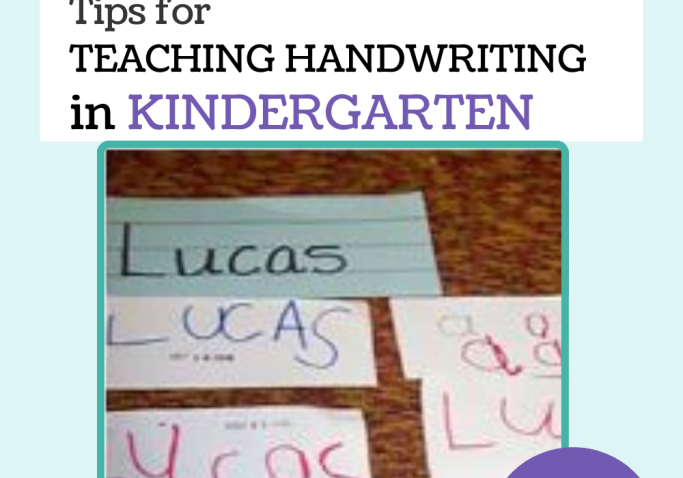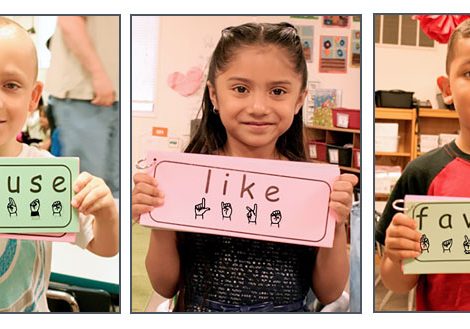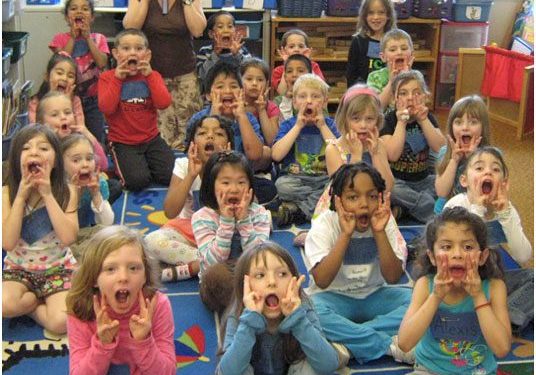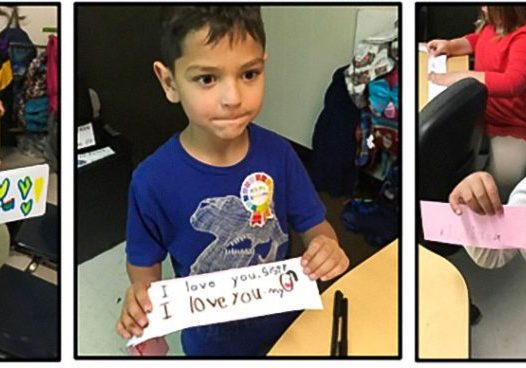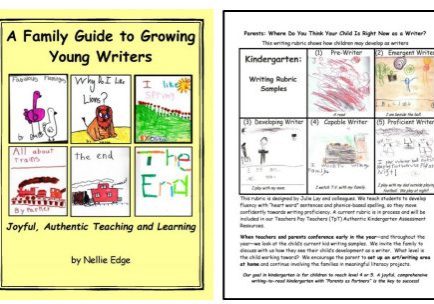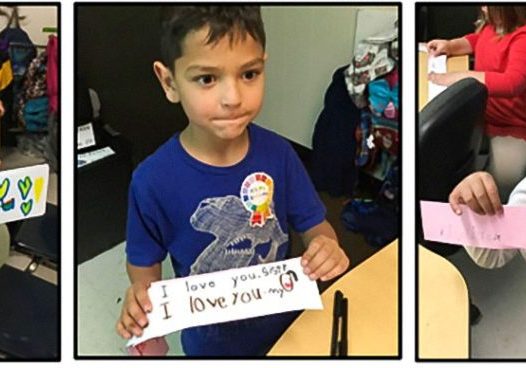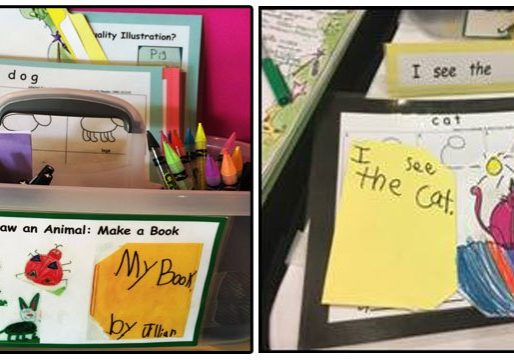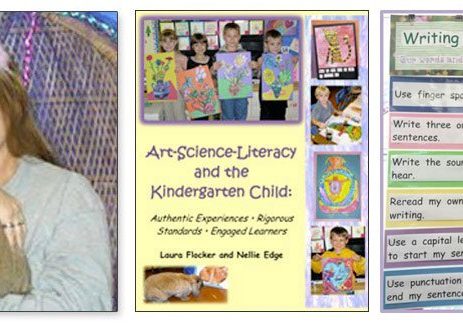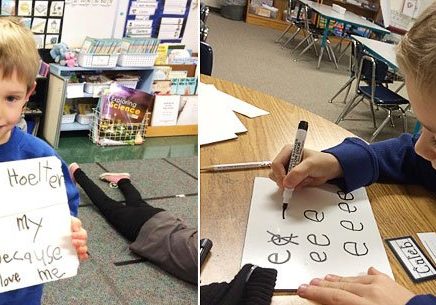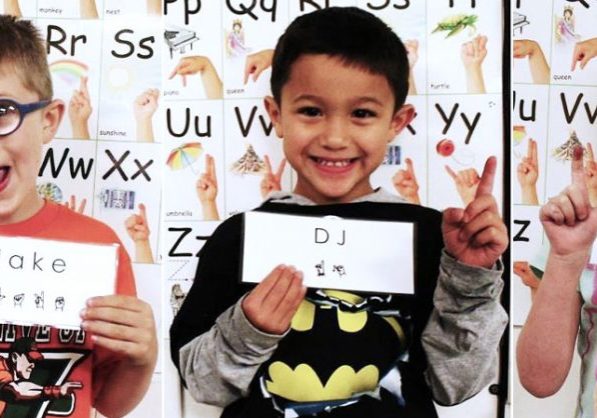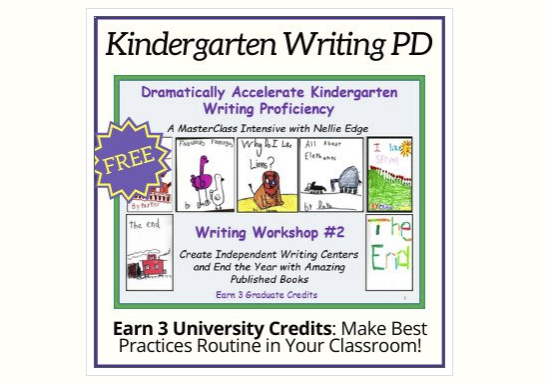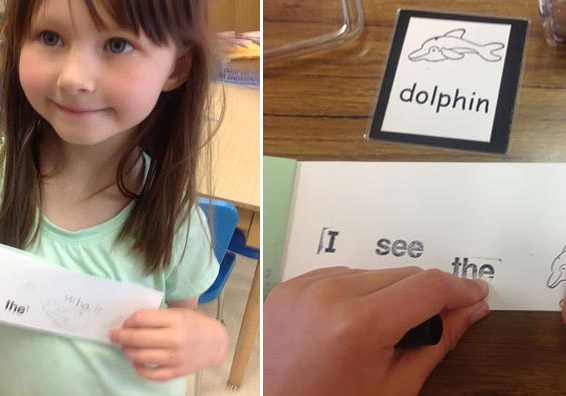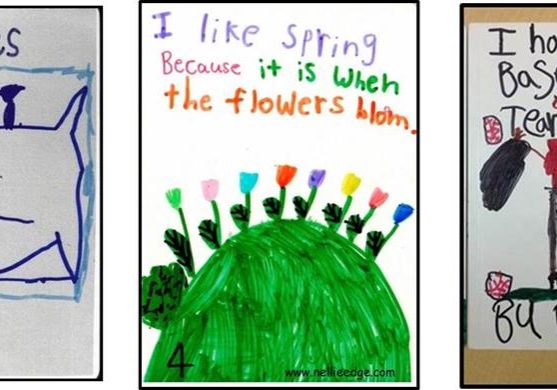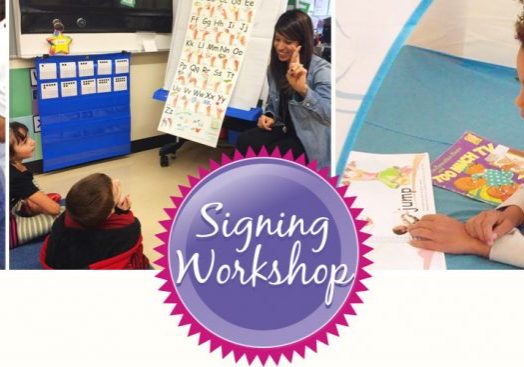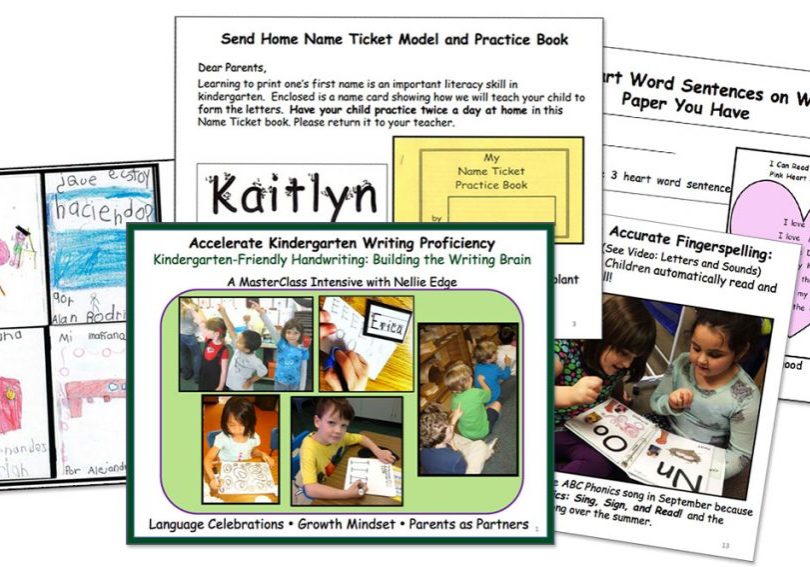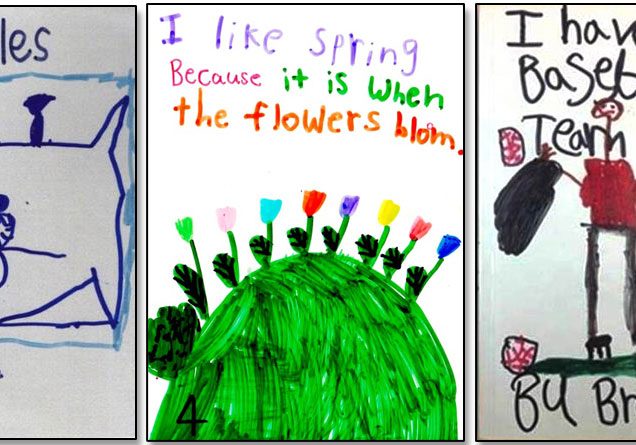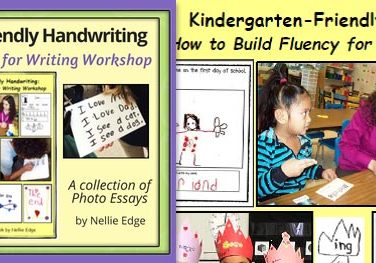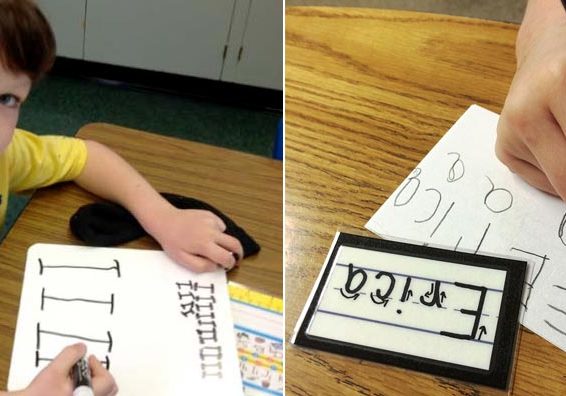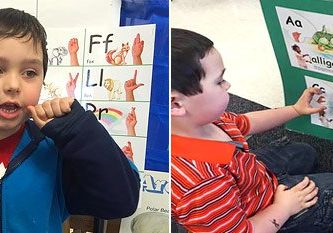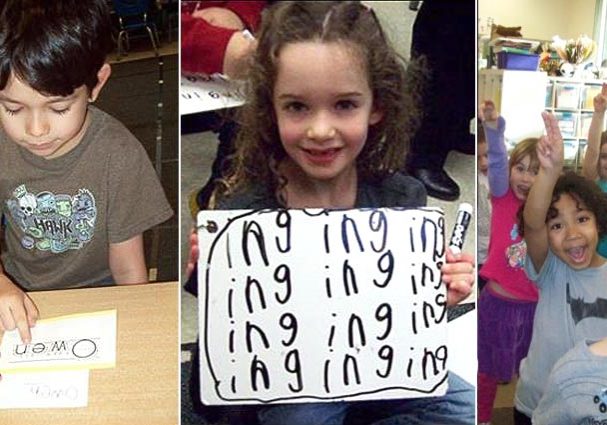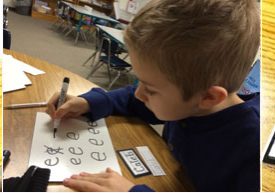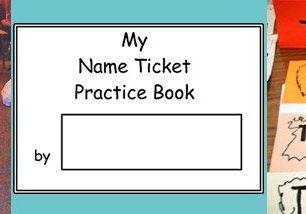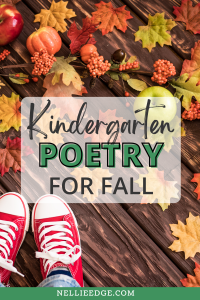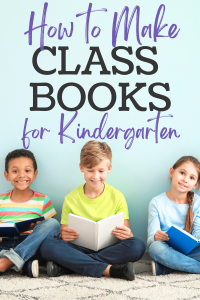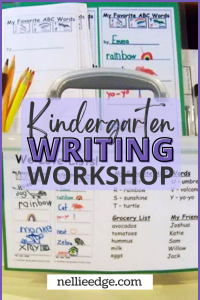1. Use a Name Ticket Model: First and Last Name
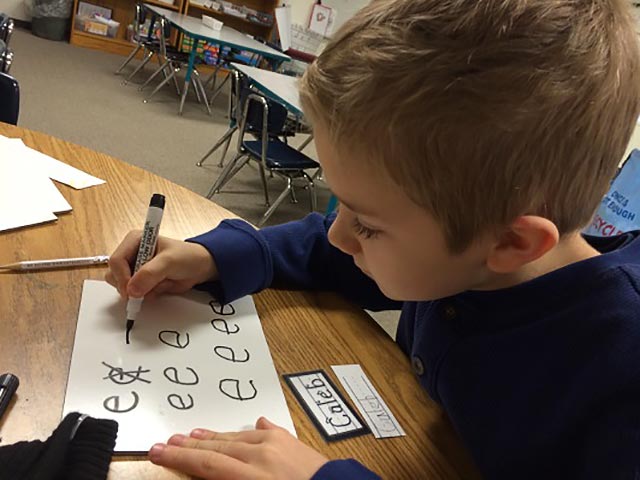
Even by January, almost all kindergarten children will still need to see a Name Ticket model of how their name looks when printed correctly—especially when they start working on their last name too. Consider using a model on lined paper; it may help the children learn letter-size relationships among letters. Use this Name Ticket model as a rubric to promote efficient name writing and handwriting fluency. (Fluency = accuracy and speed!)
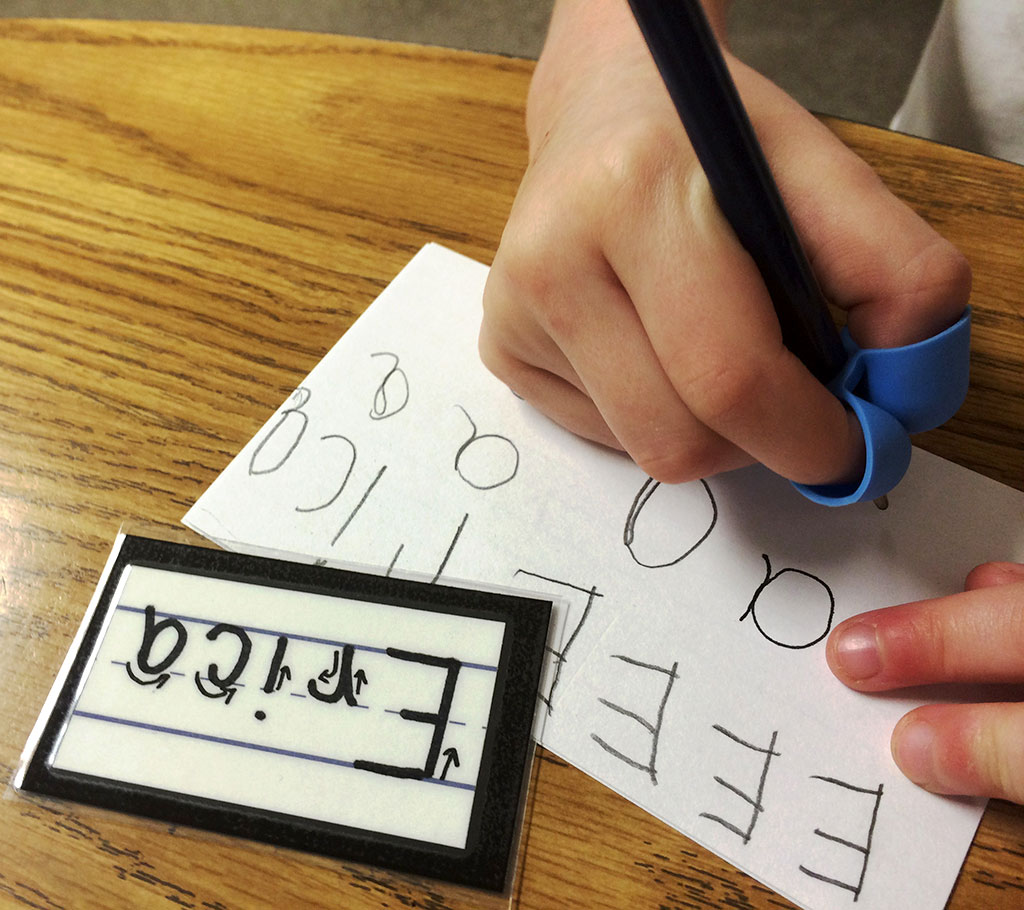
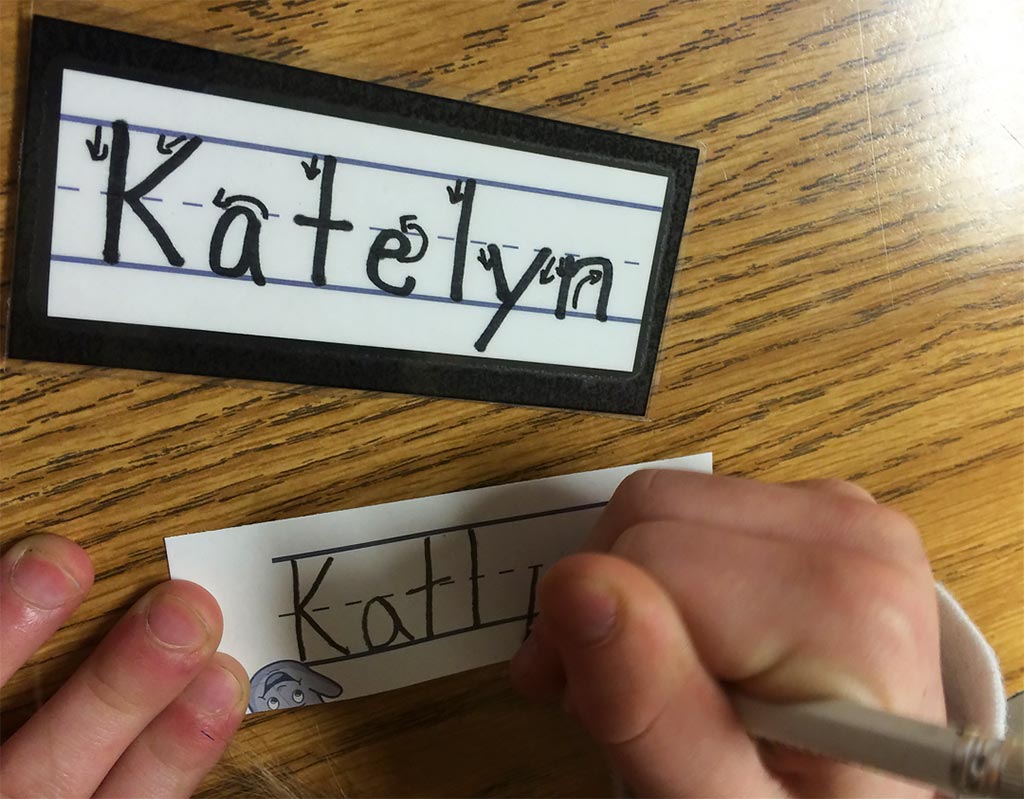
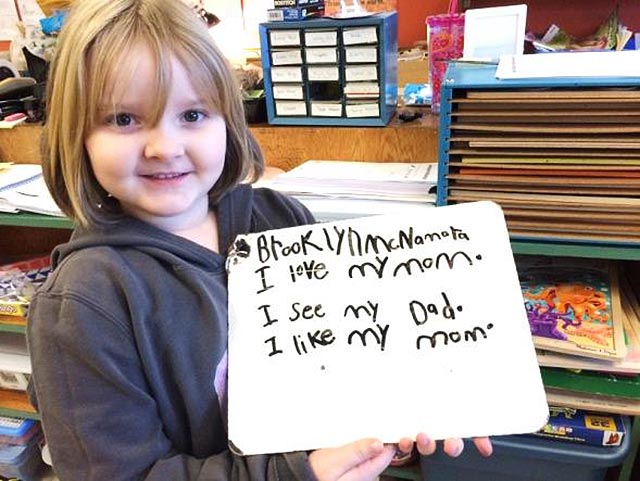
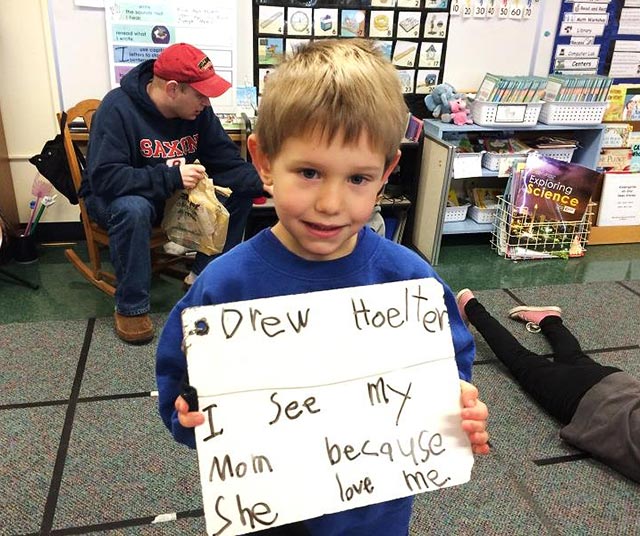
3. Teach Children to Think, Focus and Do Quality Work

- Remind children when they are practicing handwriting during the day to Stop, breathe, think, and focus…and do quality work! We use American Sign Language (ASL) to aid comprehension.
- Continue fingerspelling everything: It develops finger muscle strength while building memory hooks for encoding sounds to print.

See How to Make Name/Fingerspelling Cards
- Insert a one column table into the document
- Use Ball-and-Stick font for letters in approximately 80 point size*
- Place a space between each letter
- For fingerspelling underneath, use font Fingerletters in approximately 90 point size*. For ease in reading, do not bold the fingerletters.
The Fingerlettters font may be purchased from Educational Fontware, Inc. at efi@educationalfontware.com. 1-800-806-2155.
*Size depends on length of name.
5. Reteach and Review as Needed

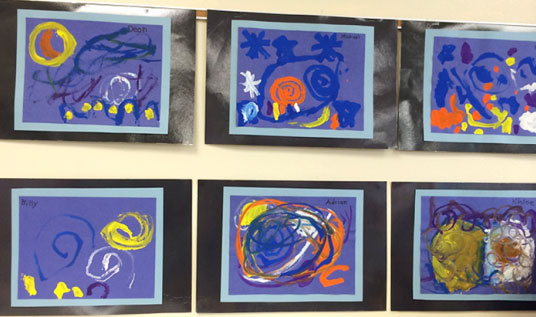
- Reteach the concept of continuous motion and lift-the-pen motion using spiral and twinkling art star projects if needed. (See original blog: Kindergarten Handwriting Matters!)
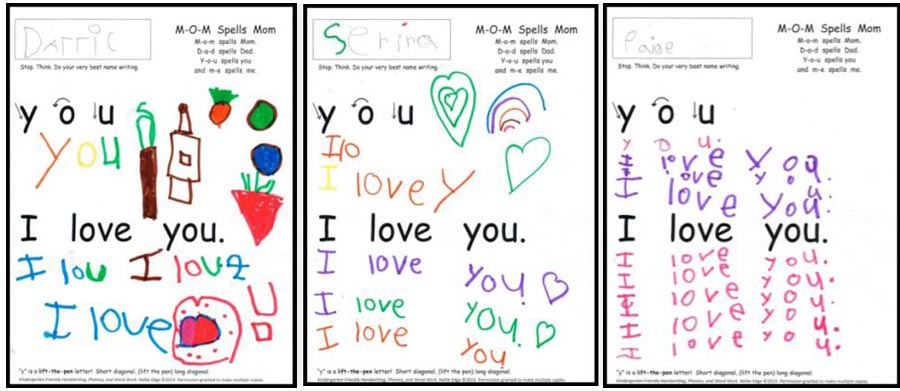
- Review the touchstone sentence: I love you. Notice how children are making the lowercase “y”—have them verbalize short diagonal, long diagonal. Let them write fancy “I love you” secret messages (to take home and hide) as soon as they have demonstrated mastery! By January, they will add “I love you because…” or “I like cats/dogs because…and because…” (Opinion Writing)

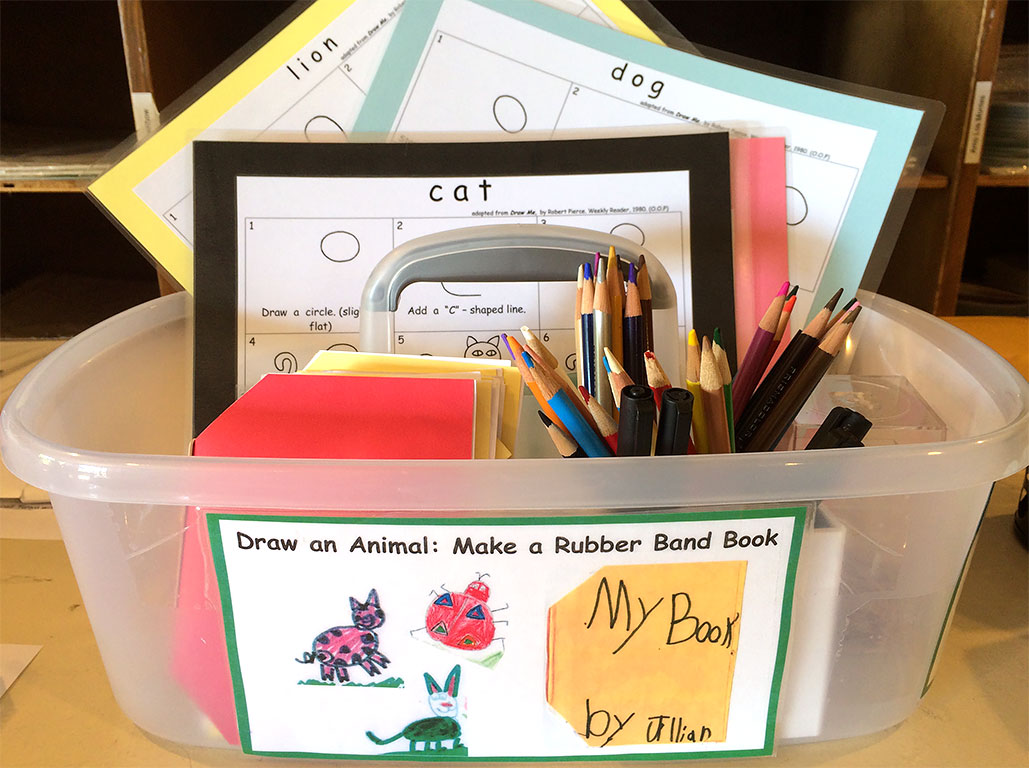
- Review minilessons for the word “dog” and “cat” to work on the counterclockwise “O” movement. Use white boards. Then introduce the Independent Writing Tote so the children can build fluency by writing, drawing, and making books about dogs and cats and other animals. Children love making books!
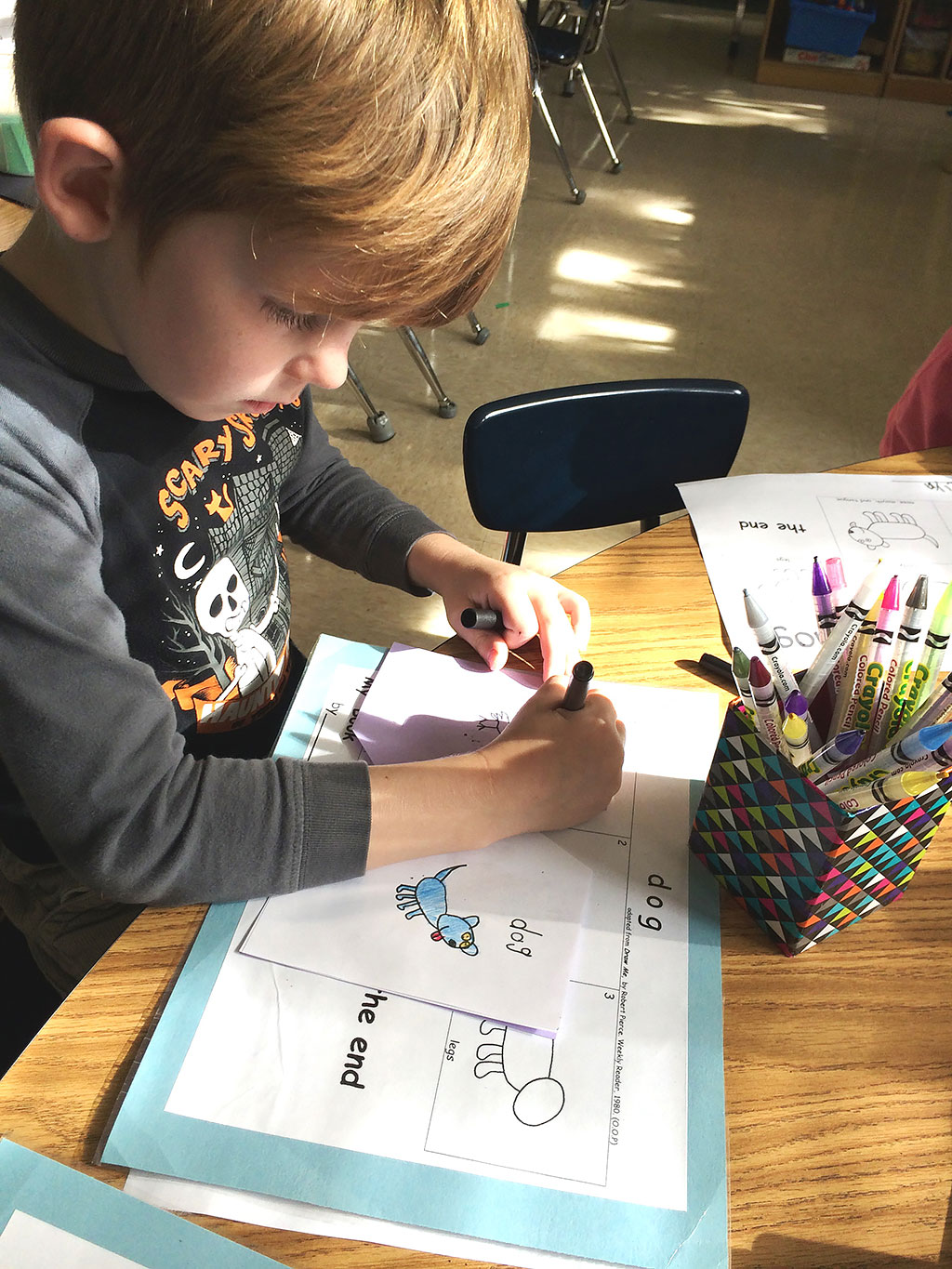

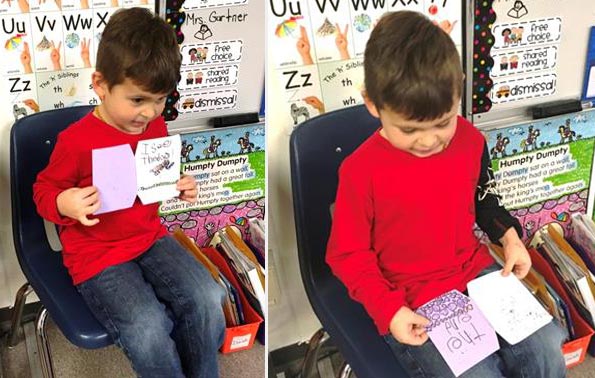
- Review handwriting motions within the context of high-frequency “heart word” sentence patterns before children do independent bookmaking activities. Expect quality handwriting: “I see the dog.” “The end.”
7. Introduce the Opinion Writing Word “Because”
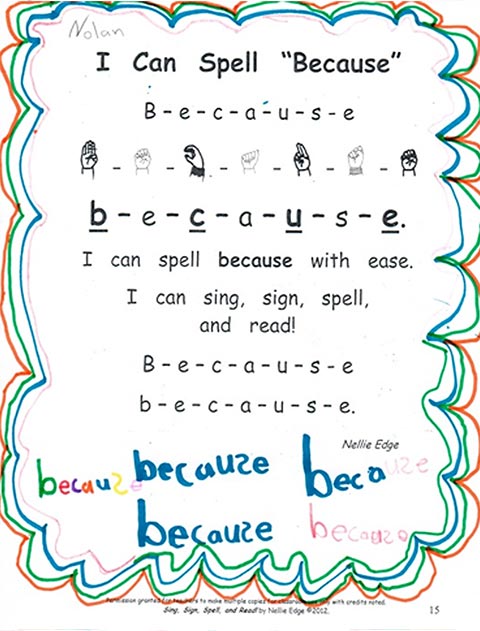
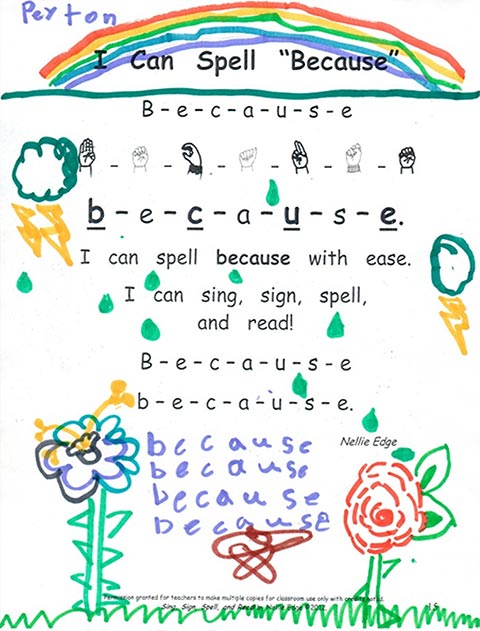
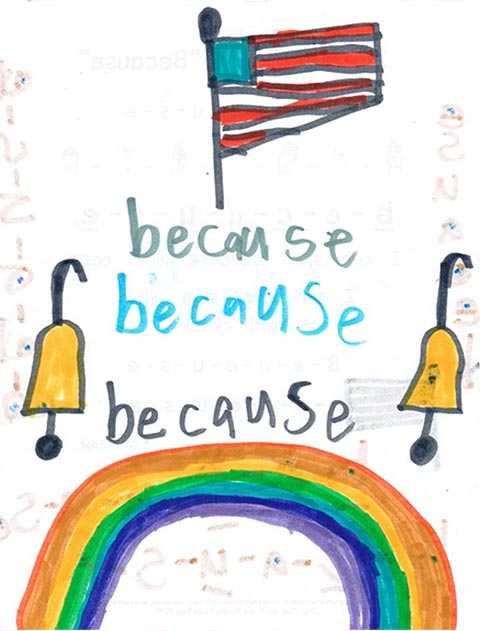
- Use the Sing, Sign, Spell and Read! anthology pages for follow-up practice on Opinion Writing words. This can be a white board lesson, a creative art piece, or a page from our Kindergarten-Friendly Handwriting, Word Work, and Phonics book.
- For harder-to-accelerate children who are receiving individual letter recognition/phonics tutoring as a response to intervention (R.T.I.), always incorporate handwriting! Shaping the letter efficiently will help the brain remember the visual pattern and sound of each letter.
- Notice children’s independent writing. Record letter formation problems so you can provide appropriate individual or small group instruction. (We understand this is very challenging, especially in large Title 1 kindergartens; however, research supports teaching handwriting.)
9. Teach Handwriting While Simultaneously Practicing High-Frequency “Heart Word” Sentences to Accelerate Literacy
We send copies of our Sing, Sign, Spell and Read! CD home with children. (Permission granted to make multiple copies for family literacy.) Families love singing along and being “parents as partners” in joyful accelerated literacy learning.
Nellie Edge Online Seminar #3

Did You Know? Kindergarten-Friendly Handwriting Integrates Phonemic Awareness, Sight Word Work, Fingerspelling, and the Writing Process
Bundle and SAVE!
“ These lessons are a game changer for my kinders. So engaging and I’ve seen so much improvement.
Wish I would have started these in the Fall! ” – C.G. on TPT.



